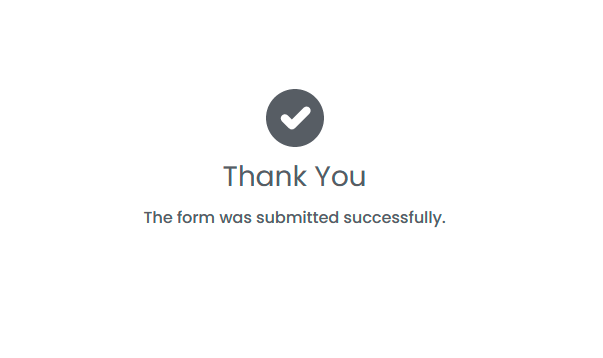Business Intelligence
You may wonder how an IoT platform relates to BI. After the first ten years on the market, we’ve advanced our technology to a certain level allowing it to solve 99% of the data acquisition, storage, visualization, and integration objectives out-of-the-box.
Majority of further investments are made into the deep data analysis. This is a truly limitless area of a potential software evolution, and we’ve set the bar very high.
At present, AggreGate is a very serious player on the business intelligence software market. Its capabilities of acquiring, transforming, slicing, and dicing data are satisfying the requirements of large heterogeneous infrastructures. We continuously improve the existing tools and add the new ones to proactively match the future demand.
Diversified Data Sources
AggreGate injects the structured, semi-structured and unstructured data via a hundred communication protocols. These are IT protocols (such as SNMP or SMI-S), automation protocols (e.g., BACnet or IEC 60870-5), IoT protocols (e.g., MQTT or CoAP) and structured data exchange protocols (such as SQL/JDBC or SOAP). The device drivers layer enables automatic normalization of the protocol items regardless of their complexity. This even works for the object-oriented protocols, such as CORBA or WMI – no coding is ever required to get an external data into the platform’s unified model.
Operational and Executive Dashboards
AggreGate is equally good for designing and operating the dashboards of any kind: from low-level HMI screens reporting the status and health of an individual machine to executive displays summarizing the inputs from a huge distributed infrastructure. Due to its unified model and data normalization engine, the platform is fully abstracted from the physical sense of underlying data which makes it efficient in visualizing the objects of any scale.
Multi-Source GIS
Analytical layers can be combined with the map-based visualization layers of objects, their tracks and connections, and dynamic geofences. The maps are compatible with any tiled sources, including Google Maps, OpenStreetMap, Bing Maps, Yandex, etc. Offline maps are available for the mission-critical systems working outside a public network.
Protocol-Agnostic ETL
Acquisition of data via a hundred of standard protocols, its advanced multi-stage transformation by a hierarchy of models and further injection into the relational, NoSQL, Round-Robin, graph or document database – this is how AggreGate approaches the ETL scenarios. You can unlikely imagine a structure of data that won’t get loaded into the platform or properly stored.
Comprehensive Reporting
AggreGate’s reporting engine uses the Jasper Reports and Jaspersoft Studio from Tibco to prepare the advanced printable reports. Tibco solutions bring another mature ecosystem and a huge user community, practically ensuring that any preprint designed in a publishing software can then be converted into a dynamically filled report template.
Charts
Comprehensive list of chart and diagram types. On-event and periodic update capability. Thousands of configurable properties. Support for auto-calculated trend lines, such as percentiles, moving averages, etc.
Machine Learning
AggreGate discovers the patterns in large sets of structured and semi-structured data. More than twenty algorithms and hundreds of parameters satisfy the typical expectations of data scientists. The visual workflows allow configuring, train, score, and operate the models according to your custom logic. The incremental training and stream processing finalize the picture.
Third-Party Portal Integration
All AggreGate dashboards can run on the web and even the most sophisticated components (such as HMIs, advanced diagrams or topologies) are supported in browsers. These dashboards and individual widgets can be attached to the pages of any third-party web application to combine the power of AggreGate’s data visualization tools with another business-specific environment.
Interactive Visual Analysis
The platform allows you to slice and dice the data that was somehow injected into the unified model. These are not just big words since we offer many visually operable instruments that do the trick: object and process modeling engine, expression and query languages, visual workflows, event correlation and root cause analysis modules, trainable units working with the machine learning algorithms, in-memory database, and much more.
Self-Service BI
Tibbo Systems relies on the partner-oriented business model. We conduct a highly efficient on-site training for our global partners to help them complete the turnkey projects and teach their end customers. This concept is fully applicable for the business intelligence applications of the platform – minimal or no professional services should be necessary for the certified partners to successfully complete their analytical projects of any kind.
Domain-Specific Languages
AggreGate features the expression, query, flow, and other languages that were designed for a natural understanding of data coming from diversified sources and circulating inside the system. The integrated debugging and runtime environment greatly simplifies the advanced data processing required in the present-day monitoring and control systems.
Modeling Framework
Object and process models employ the sets of business rules for managing a machine-readable knowledge base and making the automatic control decisions upon important events. The model instances can be nested into complex hierarchies, attached to other system resources and bound to properties and events of the physical infrastructure components.
